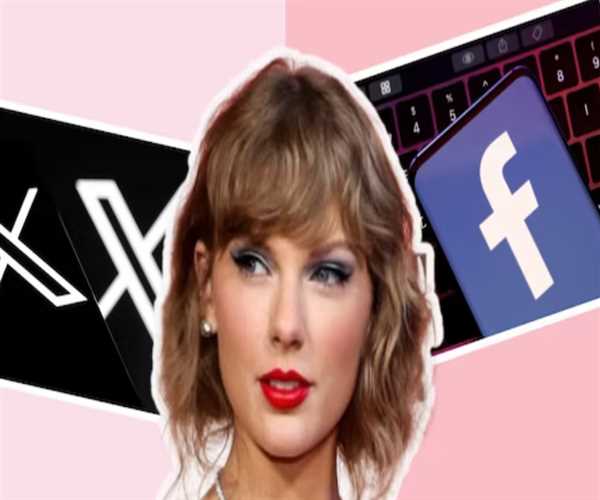Search here

03-Feb-2024 , Updated on 2/3/2024 9:16:54 AM
Deepfake unseen pics of Taylor Swift circulate on Internet. how to deal?
The epidemic of sexual deepfake images created by artificial intelligence has sparked calls for improved laws, as fake photos of singer Taylor Swift flood the internet.
Swift's non-consensual and sexually graphic artificial intelligence (AI) photographs went viral this week on the social media platform X.
The New York Times reported that one of the images shared was viewed 47 million times before the account was deactivated.
Swifties swiftly mobilized under the hashtag #ProtectTaylorSwift, and several reported accounts that were sharing the deep fakes.
Reality Defender, a deep fake detection group, stated it had tracked a flood of AI sexual material featuring Swift, particularly on X.
Some photographs also made their way into Meta's Facebook and other social media sites.
How can we protect ourselves from Deepfakes?
Legislation is already being introduced to address the dangers of Deep Fake videos. For example, in the state of California, two bills passed last year made aspects of Deep Fake illegal: AB-602 prohibited the use of human image synthesis to create pornography without the consent of the people depicted, and AB-730 prohibited the manipulation of political candidate images within 60 days of the election.
Is this going far enough? Fortunately, cybersecurity businesses are always developing new and improved detection algorithms. These analyze the video image and detect minor distortions caused by the 'faking' process.
For example, current Deepfake synthesizers model a 2D face and then distort it to fit the video's 3D perspective; determining which way the nose points is a vital indicator.
Deep fake films are still at a stage where you can recognize the signals for yourself. Look for the following features in a Deepfake video:
Characteristics of the video include jerky movement, lighting changes, changes in skin tone, unusual blinking or lack thereof, lip sync issues, and digital abnormalities.
However, as deep fakes improve, you will rely less on your own eyes and more on a robust cyber-security program.
Good security processes provide the best protection.
However, technology is not the only option to protect against Deepfake videos. Good fundamental security practices are extremely effective at combating Deepfakes.
For example, incorporating automatic checks into any mechanism for disbursing payments might have prevented numerous Deepfake and related frauds. You could also:
- Make sure colleagues and family members understand how Deepfaking works and the issues it can present.
- Educate yourself and others on how to recognize a deep fake.
- Make sure you are media savvy and use high-quality news sources.
- Maintain solid basic protocols - "trust but verify". A suspicious attitude about voicemail and videos does not guarantee that you will never be duped, but it can help you avoid numerous pitfalls.
Remember that if hackers start using Deepfake to sneak into household and corporate networks, basic cybersecurity best practices will be critical in lowering the risk:
Regular backups safeguard your data from ransomware and allow you to restore damaged data.
Using different, strong passwords for various accounts ensures that just because one network or service has been hacked, none of the others have been hacked. If someone gains access to your Facebook account, they should not be able to access any of your other accounts.

CONTENT WRITER
Writing is my thing. I enjoy crafting blog posts, articles, and marketing materials that connect with readers. I want to entertain and leave a mark with every piece I create. Teaching English complements my writing work. It helps me understand language better and reach diverse audiences. I love empowering others to communicate confidently.
Join Our Newsletter
Subscribe to our newsletter to receive emails about new views posts, releases and updates.
Copyright 2010 - 2025 MindStick Software Pvt. Ltd. All Rights Reserved Privacy Policy | Terms & Conditions | Cookie Policy